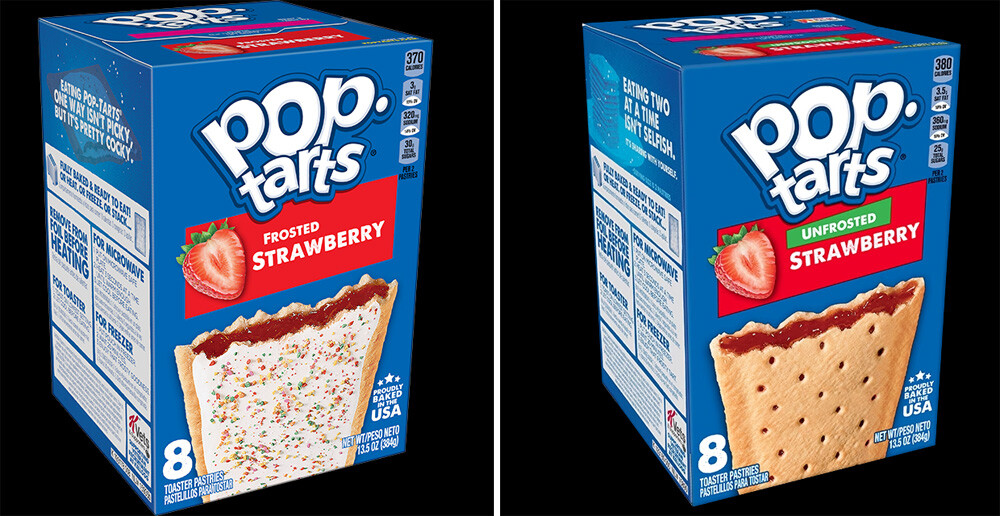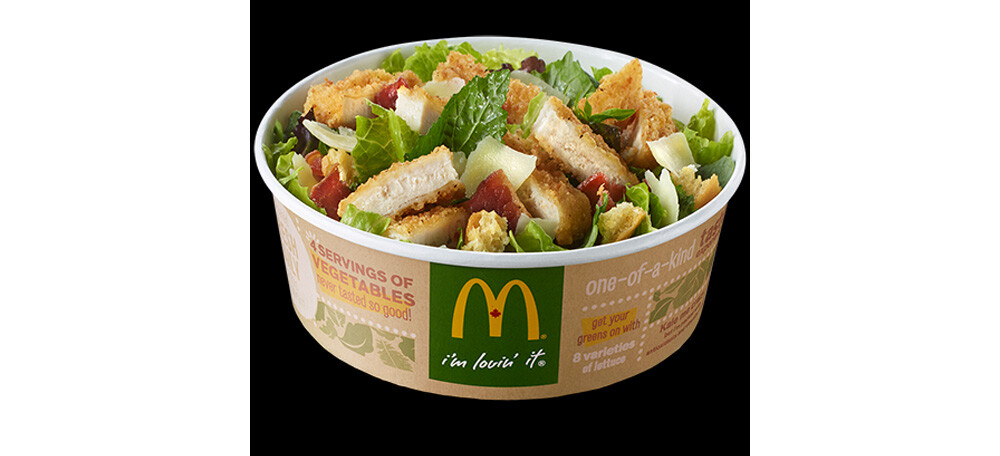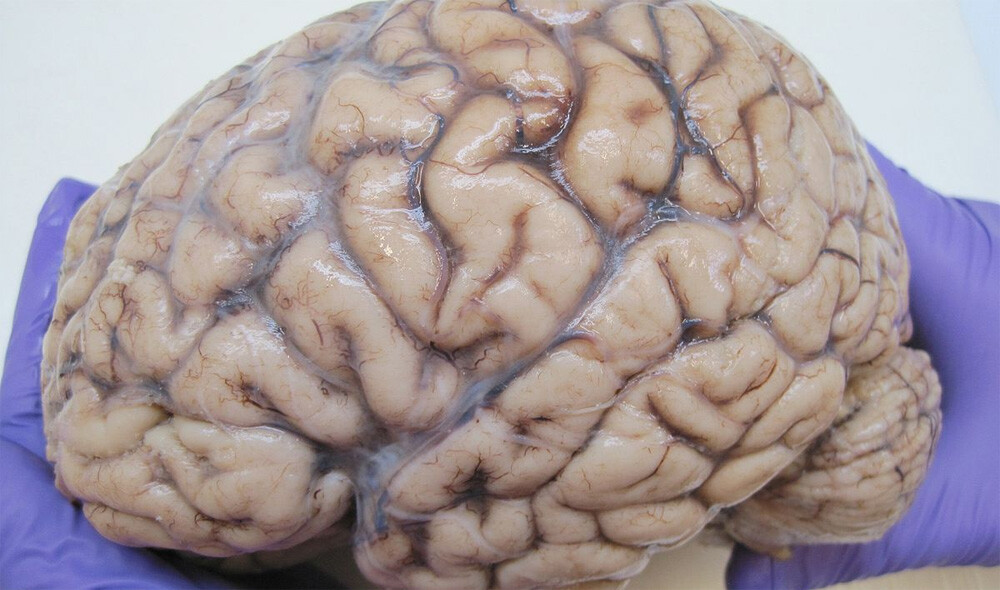5 Paradoxes About How Calories Work

According to “experts” with “medical degrees,” it’s bad to drink donut smoothies, and going for a run is better for you than crawling into a ball and giving up. This is annoying information, because donuts are nice, and running is hard. Still, at least it’s easy advice to understand.
We can’t say the same for all information about the calories you consume. Some of it doesn’t seem to make any sense — at least not until we really break it down for you.
Going Up the Stairs Two at a Time Burns Fewer Calories
Don't Miss
When you climb a flight of stairs, you put your right foot one step above where your left foot is, then you put your left foot one step above where your right one now is, and you repeat this over and over till you reach the top. Or, you can skip steps, putting your right foot two steps above your left one, and so on, again till you reach the top. There’s a third option as well — you put your right foot one step above your left foot, then you lift your left foot to the same step where your right foot now is — but that’s for grandparents and other people who have trouble walking normally, so let’s ignore it.

Walt Disney Pictures
Which way burns more calories? You might think climbing two steps at a time does, since it certainly tires you out more. A physicist might disagree and say they require the exact same number of calories, because no matter how quickly you do it, you’re performing the same total amount of work in bringing your body from one height up to another.
In reality, tests show that climbing one step at a time burns more calories. Going two at a time burns calories at a higher rate, which is why it’s more likely to get your heart racing, but it results in your finishing the climb in less time, so you end up expending less total energy in doing the climb.
So, if all you care about is maintaining a caloric deficit for the day, climbing slowly is the way to go. Pro tip, though: You should care about more than maintaining a caloric deficit for the day. Getting your heart and lungs racing (hopefully racing even harder than from climbing a single staircase) is what’ll really save you in the end.
A Skinny Person is Able to Eat More Than a Heavy Person
“A heavy person eats more than a someone skinny,” you might say. And upon saying that, you will be immediately besieged with arguments about how it’s possible for someone heavy to eat the exact same amount as someone skinny and still never lose weight. So, let’s leave aside that can of worms and look at something much more obvious: A heavy person can eat more than their skinny counterpart. Because they’re larger, right, so they have a greater capacity for food?
But if we’re talking about how much someone can eat in one go, we must consider the size of their stomach — meaning, the literal organ the stomach, not the abdomen. Two people who are the same height likely have similarly sized stomachs, no matter how much extra fat one is carrying. So, that would suggest the skinny and heavy friend could each eat the exact same amount. Indeed, when we look at competitive eating contests, there’s a good chance that the champion who’s able to eat the most food in a single sitting isn’t heavy at all.

Ethan/Wiki Commons
In fact, the skinny contestant has an advantage. Your stomach doesn’t have a single set volume. When you eat a huge meal, it unfolds a little and gives you some more room so you can gobble up even more. If you’re heavy, that heaviness hangs around your internal organs and might keep your stomach from expanding as loosely as it otherwise could.
That’s why competitive eaters spend most of their time outside contests cutting calories, and they train by eating zero-calories veggies. At the annual Nathan’s hot dog eating contest, you’ll see a winner who weighs just 100 pounds but not one who weighs 300.
Unfrosted Pop-Tarts Have More Calories Than Frosted Ones
The inventor of the Pop-Tart died last month at age 96. His name was Bill Post, and while “Post” is a name synonymous with breakfast, he was not connected with the famous Post family. Even more confusing, the Post company — again, no relation to Bill Post — were the ones who originally invented toasted pastry, naming their snack “Country Squares.” Then Kellogg’s wanted to copy them, and they got baker Bill Post to make a Kellogg’s version, which they named Pop-Tarts.
At the time of writing, Pop-Tarts advertises 24 different varieties you can buy. That number will surely change soon, once they unveil their special Easter Hot Cross Buns tarts, but right now, they offer 20 types they explicitly call “frosted,” three they explicitly call “unfrosted” and one final miscellaneous Snickerdoodle tart. Conveniently, the three unfrosted varieties have frosted counterparts. You can buy a frosted strawberry Pop-Tart, or you can buy unfrosted strawberry Pop-Tart.

Kellanova
But take a look at the number in the top-right corner of each box. It says the frosted kind has 370 calories, while the unfrosted one has 380. Unfrosted should have much fewer calories, not marginally more, if it’s just the frosted tart minus the frosting. But it turns out the unfrosted one has a thicker crust, and that more than makes up for the icing that’s vanished.
They don’t make the crust thicker just to fill you up. If they remove one whole layer but still want the snack to toast properly, the entire pastry’s composition must be analyzed and tweaked as necessary. Toaster pastry is complex science and is the highest expression of humanity’s intellect.
A Fast-Food Salad Has More Calories Than a Big Mac
Elsewhere in the world of healthy alternatives that aren’t so healthy, let’s take a look at McDonald’s salads. You might imagine that no one truly concerned about their health would eat at McDonald’s, just as a true health nut wouldn’t reach for either type of strawberry Pop-Tart. Still, when the restaurant first came out with their kale salad, full of kale, people were a little surprised to learn that It wasn’t just as calorie-rich as a sandwich might be — it had more calories than a double Big Mac, the kind with four patties.

The main offender seemed to be the Caesar salad dressing — although the hunks of breaded chicken probably didn’t help either — which is apparently made by murdering a guy named Caesar and compressing his entire body into a single tub of paste. Either that, or the Caesar dressing just has a lot of sugar.
The salads are no longer a nationwide offering, so you have to hunt down individual branches that serve them. That said, McDonald’s listened to the outcry, and some of these revised salads now contain fewer than 730 calories each.
Thinking Uses the Most Calories, But Thinking Harder Doesn’t Use More
Most of the energy you get from food goes into making your muscles contract. That broad category of bodily function covers every single movement you consciously make, as well as various kinds of internal squeezing. You also need energy to fire up messages along your nerves. You need quite a bit for that, in fact. Your brain uses up to 20 percent of the calories your entire body burns, even though it makes up just 2 percent of your body by mass.

This makes thinking sound like tiring work. However, the brain uses roughly half that much energy even when you’re fast asleep, so it’s not really using all that energy “thinking” so much as “existing.” And what about especially intense thinking, the kind that leaves you mentally exhausted? If your brain brains harder, can you double that usual 500 calories it burns a day?
Nope. Some estimates find that intense activity of all kinds doesn’t raise how many calories your brain burns at all. Others say that if you sink yourself into some real abstract problem-solving, you may be able to increase your calorie consumption — by perhaps 5 calories an hour. Yes, your brain will chug like an engine when you’re just staring into space. Then if you switch gears and spend that hour solving Hadamard’s maximal determinant problem, you might burn an additional number of calories equal to one M&M.
Follow Ryan Menezes on Twitter for more stuff no one should see.